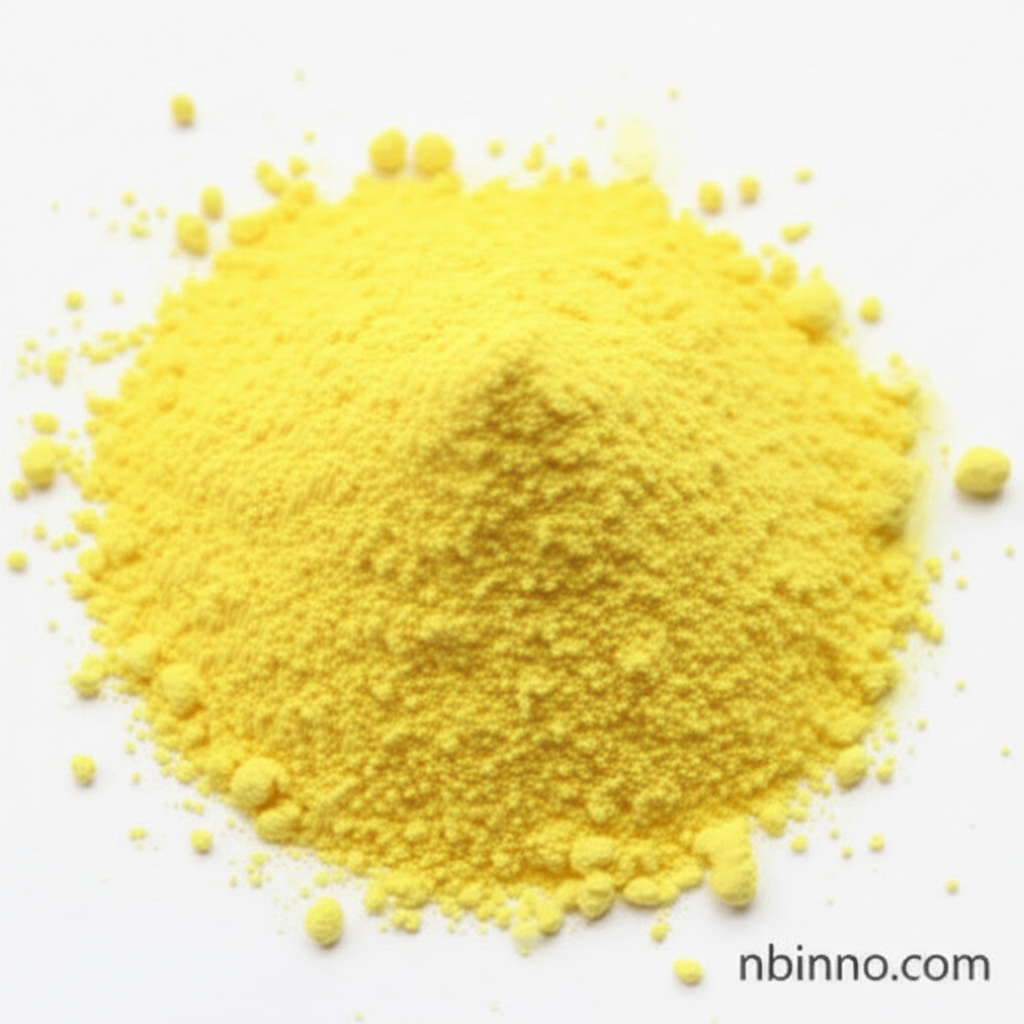4-Nitro-3-(Trifluoromethyl)Aniline: A Key Intermediate in Modern Chemistry
Explore the synthesis, properties, and critical applications of this vital organic compound in pharmaceuticals and agrochemicals.
Get a Quote & SampleProduct Core Value

4-Nitro-3-(trifluoromethyl)aniline
This compound serves as a fundamental building block in the synthesis of complex molecules, particularly within the pharmaceutical and agrochemical sectors. Its unique chemical structure, featuring both a nitro group and a trifluoromethyl substituent, imparts desirable properties to the final products, often enhancing biological activity, selectivity, and stability.
- Discover the synthesis pathways for 4-Nitro-3-trifluoromethyl aniline, understanding the chemical processes that yield this crucial compound.
- Learn how 4-Nitro-3-trifluoromethyl aniline functions as a vital pharmaceutical intermediate in the creation of life-saving drugs and therapies.
- Explore its role as a key pesticide intermediate, contributing to the development of advanced crop protection solutions.
- Understand the impact of the trifluoromethyl group on molecular efficacy, a critical aspect of designing effective organic synthesis reagents.
Advantages of 4-Nitro-3-(Trifluoromethyl)Aniline
High Purity and Consistency
With a purity typically around 99%, this compound ensures reliable and reproducible results in sensitive chemical reactions, vital for chemical intermediate applications.
Versatile Building Block
Its reactive functional groups make it an indispensable component in multi-step syntheses, supporting innovation in pharmaceutical building blocks development.
Enhanced Efficacy in End Products
The trifluoromethyl substituent is known to improve the potency and pharmacokinetic properties of target molecules, a key benefit when using it as a chemical intermediate.
Key Applications
Pharmaceutical Synthesis
As a critical pharmaceutical intermediate, it is instrumental in synthesizing active pharmaceutical ingredients (APIs) for various therapeutic areas.
Agrochemical Development
Its application as a pesticide intermediate contributes to the creation of effective and selective crop protection agents.
Organic Synthesis
Researchers and chemists utilize this compound extensively as a versatile organic synthesis reagent for complex molecular construction.
Research and Development
Its well-defined properties make it a valuable tool in academic and industrial research for developing novel compounds and processes within fine chemical intermediates.
